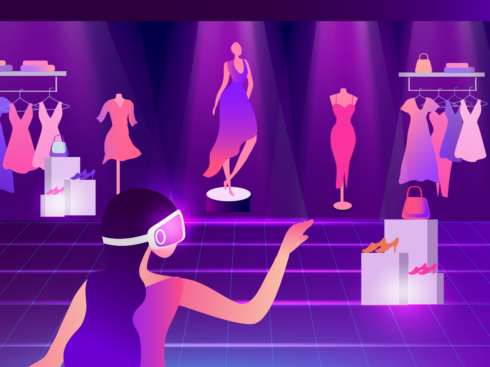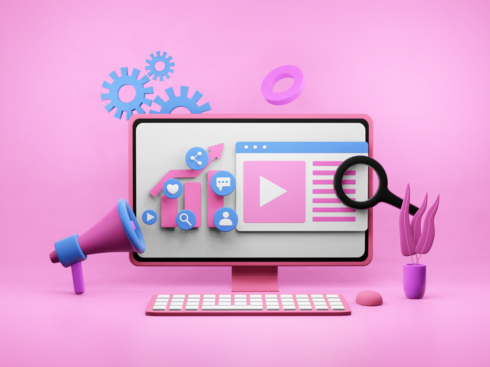
SUMMARY
The current workforce are drifting towards a consciously more social and indulgent work culture
Workspace design is now an integral part of business’ key decisions
A synergistic approach needs to be adopted in order to cater to the taste of the millennial workforce at large
Millennials are redefining everything: from the way we eat to the way we shop. Led by the digital wave, technological disruption has found its way into everything around us including the way we work. Our modern workspaces are undergoing something of a paradigm shift, to reflect the movement in preferences for workers offline, culturally as well as in work styles.
The idea of a workplace being more inclusive, transcendental and holistic has taken root and is transforming its entire functionality. While the word ‘digital’ has touched human lives in umpteen number of ways, new technologies and innovation are paving the way for new expectations from our offices. Workspace design has now become an intrinsic part of any business’ key decisions and important for its growth, success, and futuristic outlook.
The current workforce, be it the millennials or those influenced by them, are clearly moving away from the traditional office set-up towards a consciously more social and indulgent work culture. Offices have ceased to be just workstations and progressed into being a multiverse of opportunity, association, interaction and creative thinking.
Modern corporate offices for renowned brands such as Northern Trust, Browserstack, Nissan, etc. exude vibrancy and productivity that empowers not just ‘out-of-the-box’ thinking but a ‘break-the-box’ attitude that goes beyond the boundaries of office space.
For instance, the design of Nissan’s ground-breaking hub is anything but traditional. Rather than going for one statement design element, wow factors were incorporated in each area of the office. Northern Trust, on the other hand, focused on creating a multi-sensory workplace experience with focus on all the five senses.
The workplace design epitomises the brand, showcases its core values, and is intuitive to use, specifically for those with special needs. Given that space engages all the five senses, it provides a more appealing and immersive experience. It also relies on multiple senses to impart information and offer wayfinding aid to improve accessibility along the entire journey.
Whilst global businesses add more cost-effective properties to their portfolios, they are looking to create an engaging work environment that not only attracts new-age talent but also keeps the mature workforce happy. Spurred by the desire to always stay connected, modern workspace designs are all about blending technology and employee expectations to push productivity and performance to new heights.
Millennials are not driven to work just by hefty paycheques. They look for soft benefits and motivating surroundings. It is about making workplaces more fluid, where employees can socialize, brainstorm and collaborate. Individually, employees are inclined towards flexibility in terms of where, when and how they work, for more stress-free and compelling work experience.
Companies are drifting away from the concept of inherited managerial cubicles to give employees more power to express by even allowing them to define their very own office space. Other highlights that regularly feature in tech offices and corporate buildings include huge-breakout zones, recreational spaces, alternate seating areas, and lounge-styled work areas that allow employees a more casual and social work environment.
Investment banks, that have been known to maintain a strict buttoned-up policy too are opening up to set some abstract benchmarks in terms of architectural design and sophistication.
While the millennials form the biggest and a very important part of the 21st-century human capital, the relatively older ‘driven-by-personal-goals’ baby boomers too are an indispensable part of the workforce. Attracted by the millennial-styled need to be digitally connected, these employees too have joined the pool of workers wanting a more flexible work environment.
However, they are relatively easier to impress. Some are happy that they can bring their pet dog to work during ‘Yappy hours’ and others draw pleasure from working amidst greenery. The addition of plants in the form of a simple table-top planter or a uniquely designed vertical garden are just some of the ways that businesses are using to go green at their workplaces.
Some international businesses even host garden-themed open-style work areas for their employees to connect with nature while at work. Holistically inspiring work environments that invoke all the senses go a long way in enhancing employee experience and happiness quotient. Aromatic coffee houses and in-house pizzerias are not out of the ordinary in these new-age offices. There are elements that make employees feel more at home.
The older, more mature employees certainly don’t mind the shift from the mundane and conservative meeting room concept to these little interactive corners where experience can be passed on to new talent in a more informal and fun setting.
New-age offices are often designed to reflect the company’s core values in a way that inspires and sparks imagination and creativity. It is important that our workspaces are more inclusive, appealing and transient in order to cater to the taste of the millennial workforce at large.
However, we need to adopt a synergistic approach (keeping the interests of the young and the mature in mind) so that the path of transition is a smooth and easy one. Futuristic workspaces are high on fun and social interaction and even some weirdness at times. As the world goes viral riding on the wave of technological innovation, it is only fair that workspaces too take off from the same runway.


























